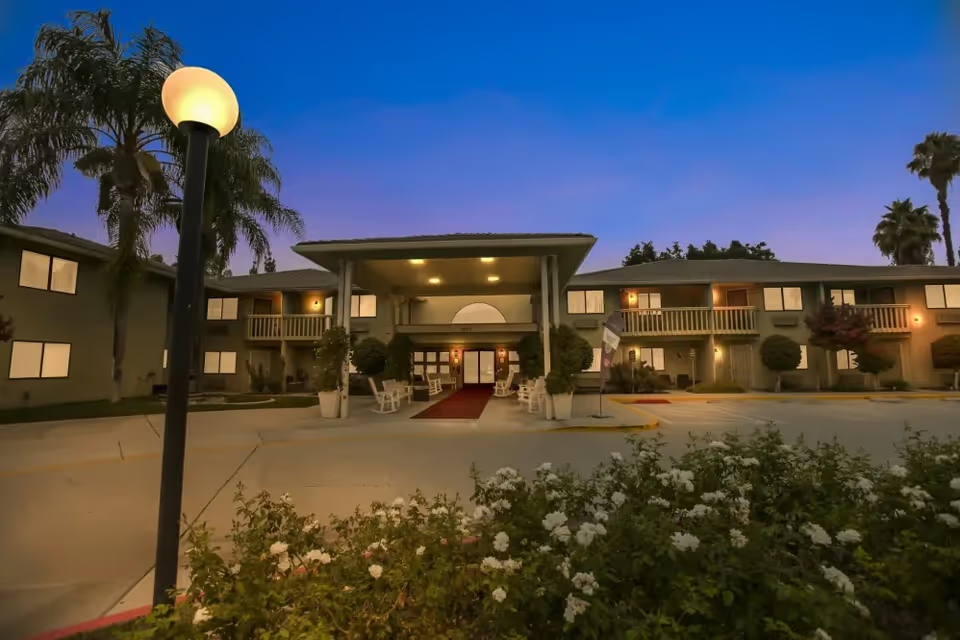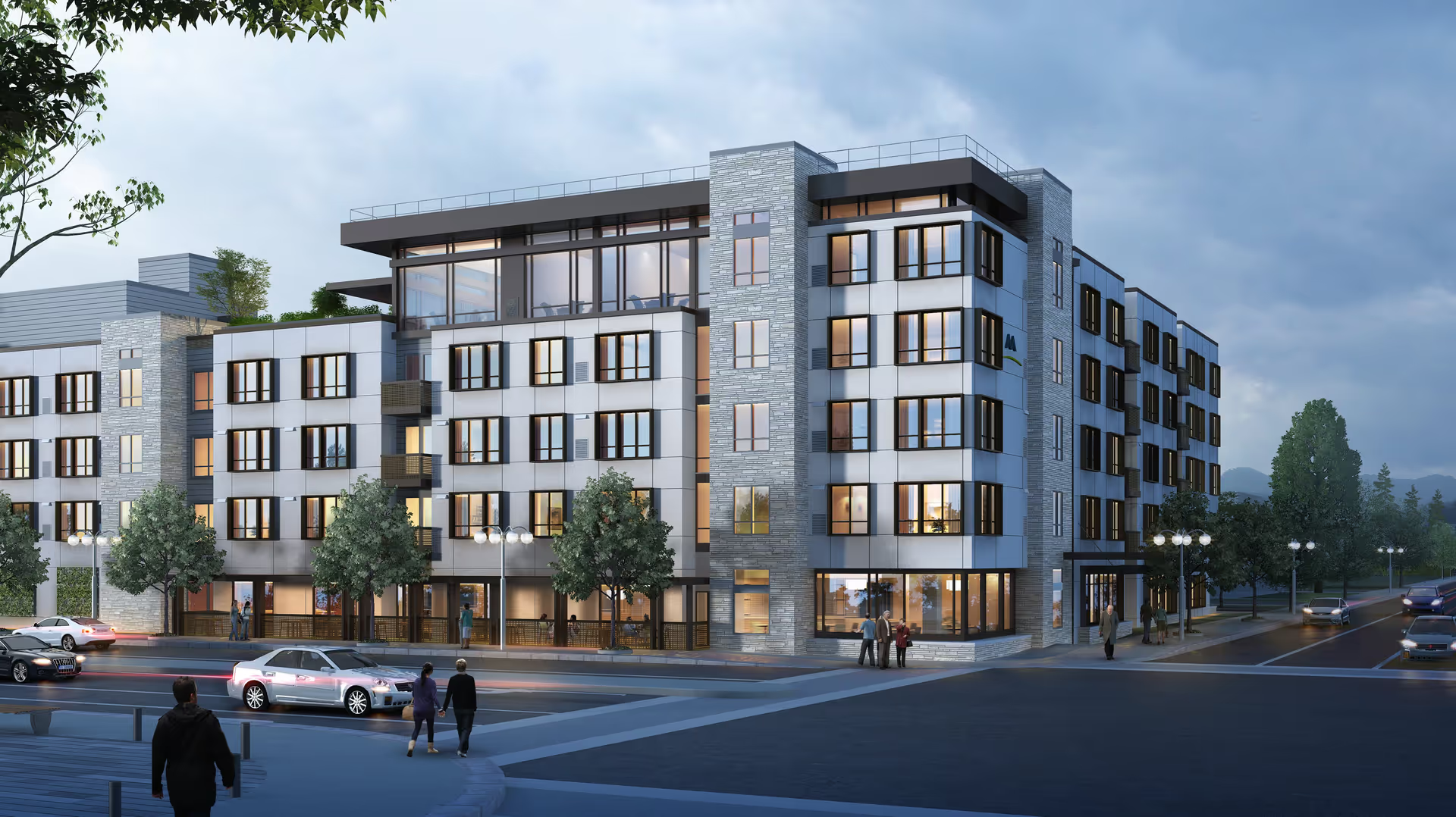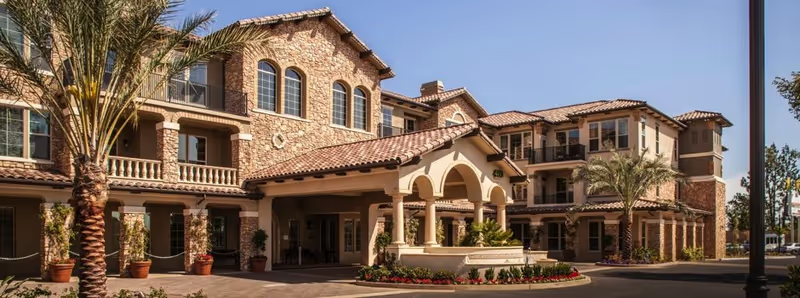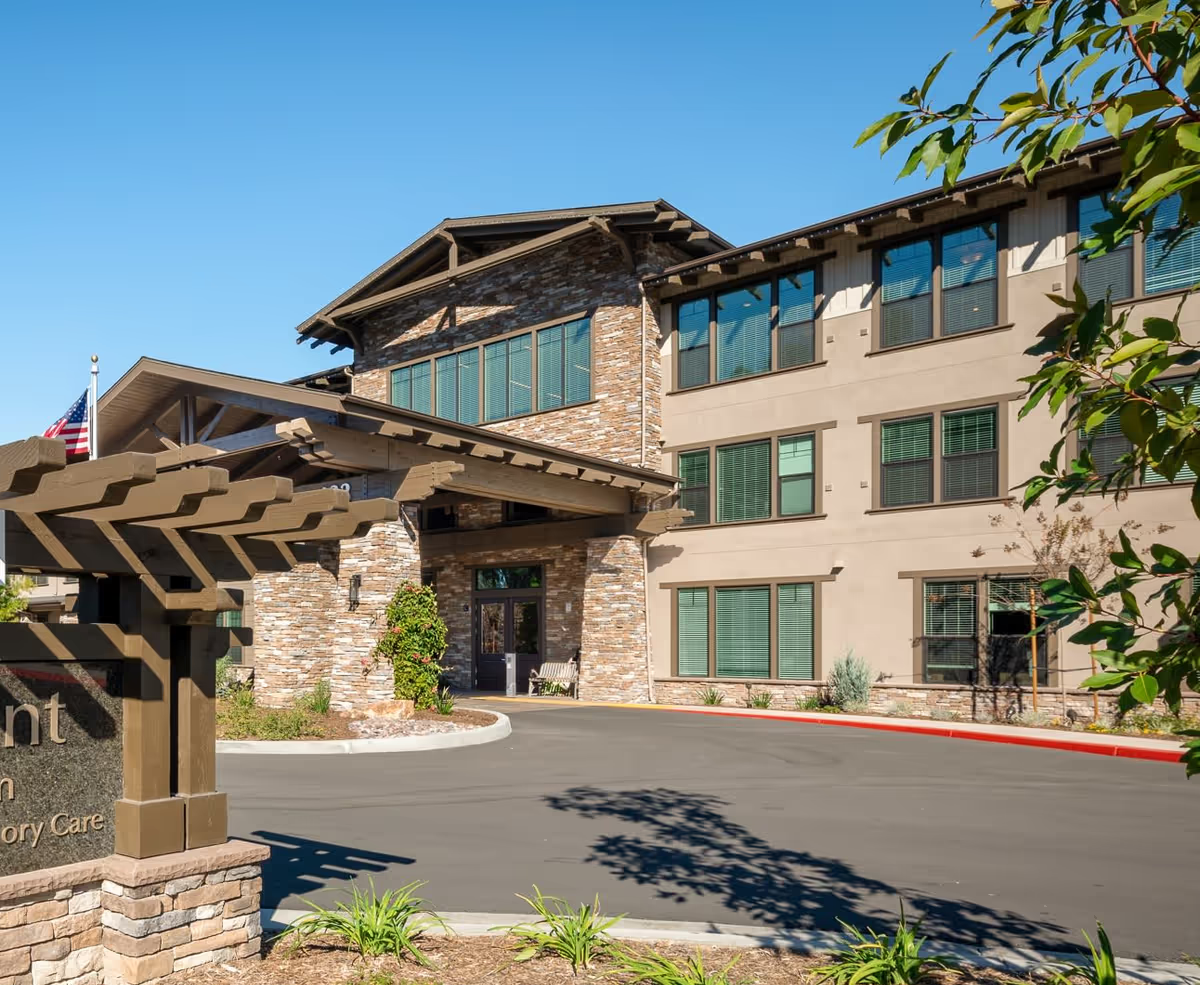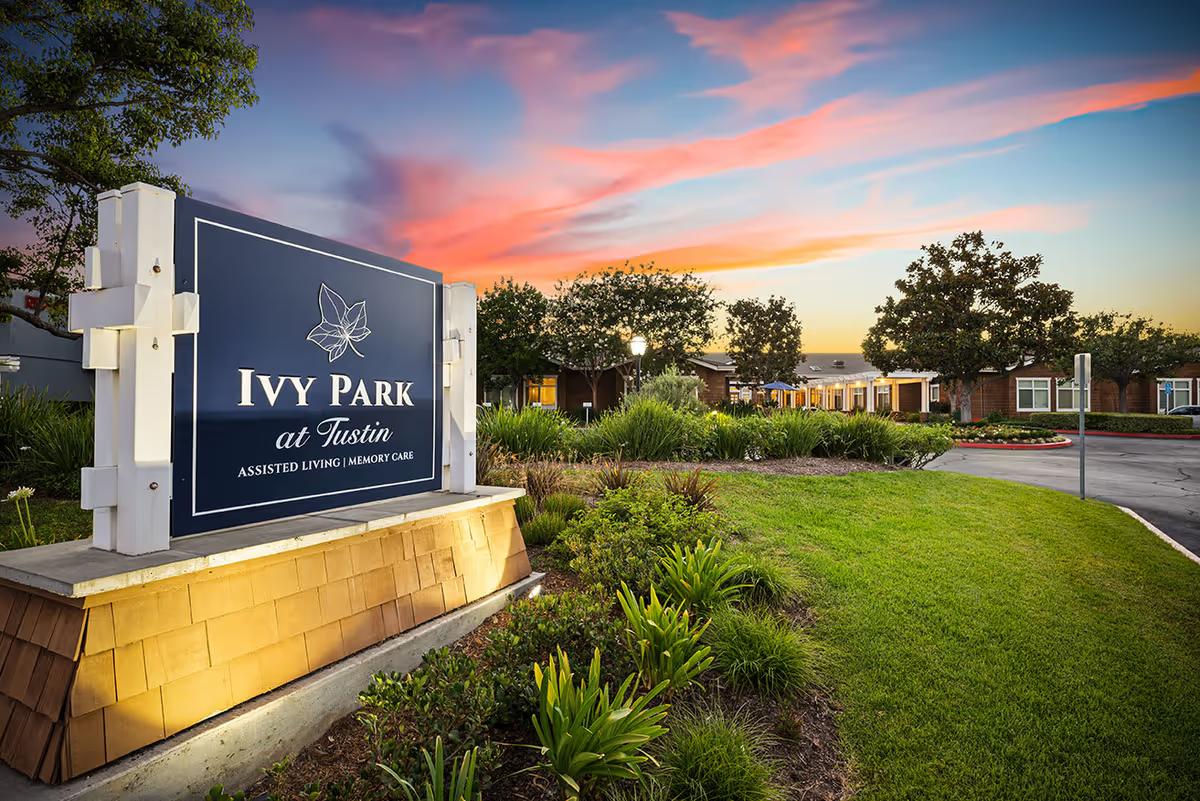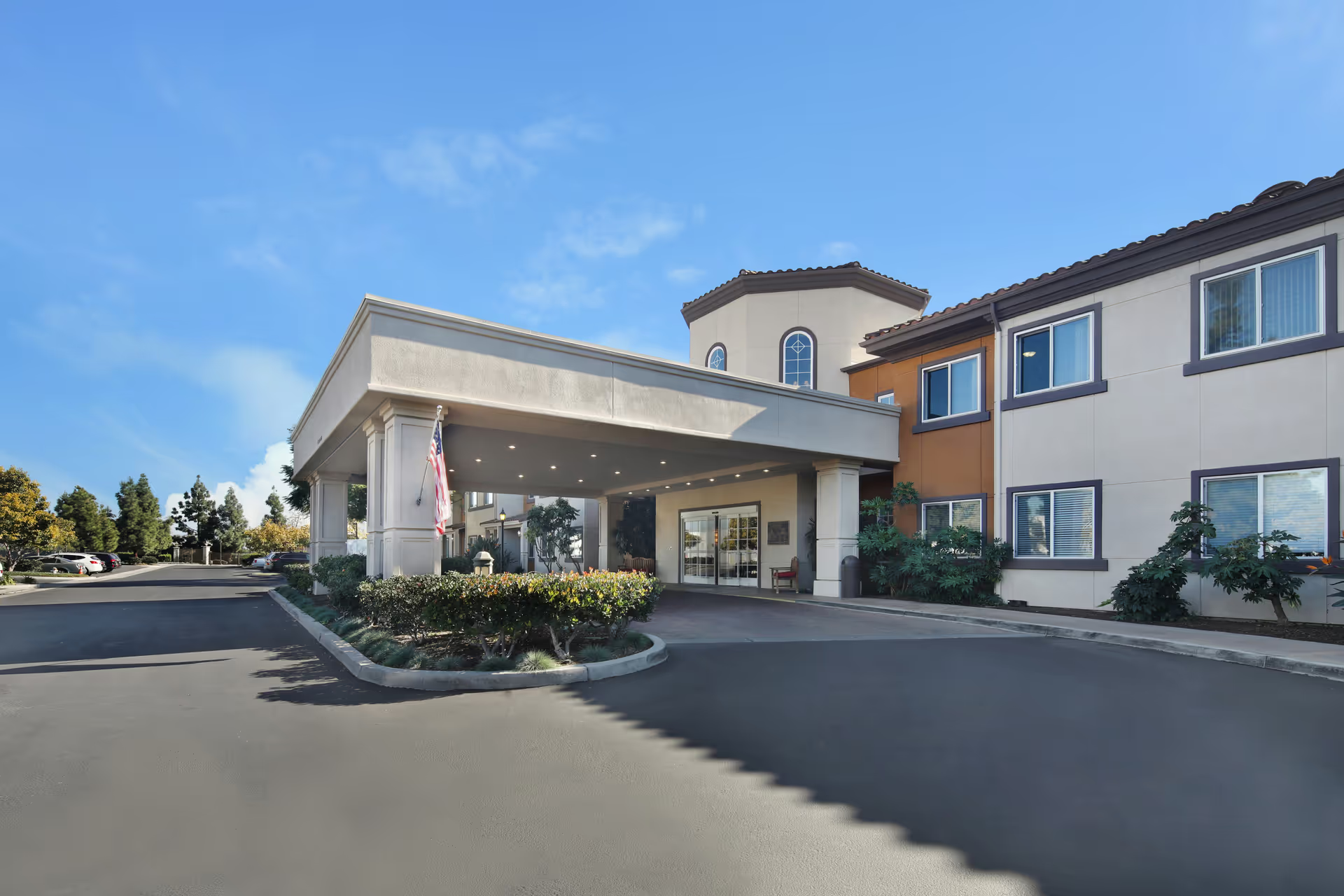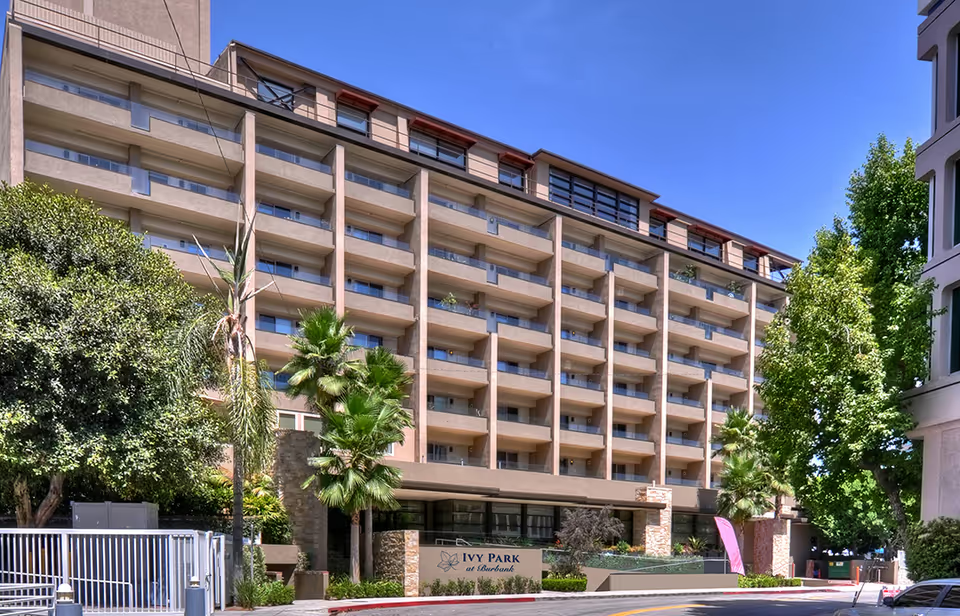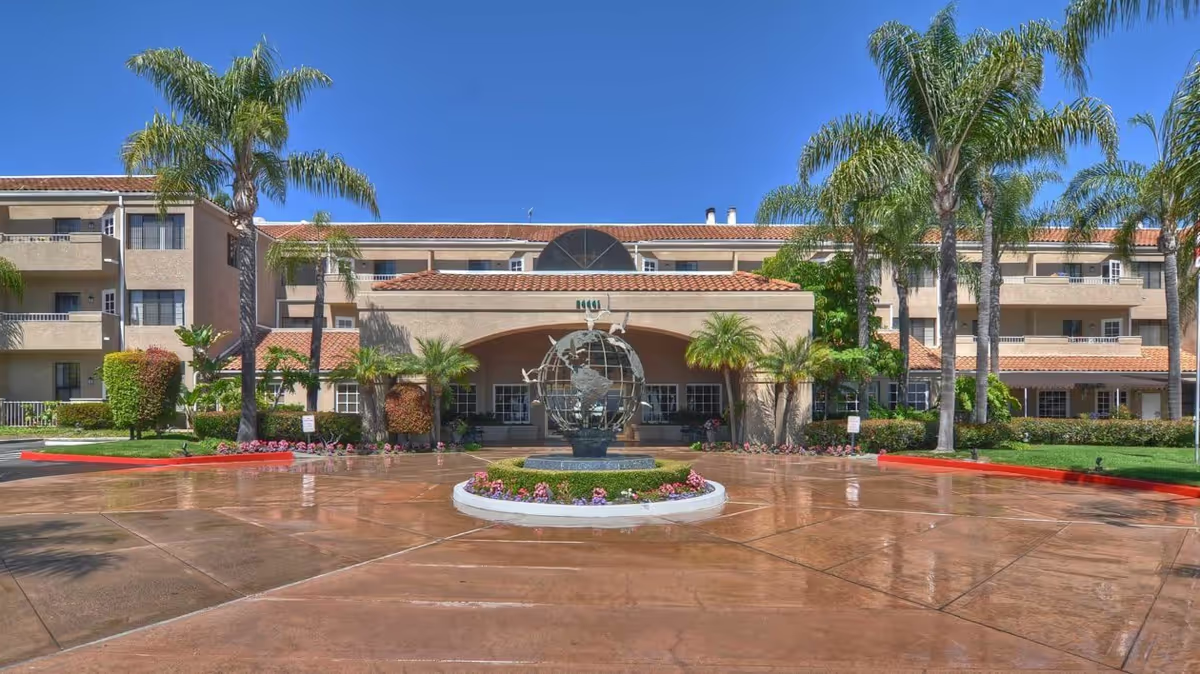Overall sentiment: The reviews for Sterling Inn Assisted Living Community are strongly positive in aggregate, with a consistent core of praise for cleanliness, atmosphere, dining, amenities and many members of the caregiving and administrative team. The majority of reviewers describe a hotel-like, well-maintained facility with tasteful decor, plentiful community spaces, and a wide offering of on-site amenities (salon, barbershop, library, billiards, gym, chapel, ice cream parlor and multiple activity rooms). Many residents and families highlight that the property is sparkling clean, odor-free, and that maintenance and housekeeping are prompt and attentive. Parking, location, and exterior appearance (courtyard and views) are repeatedly cited as strengths.
Care quality and staff: A dominant theme is the compassionate, attentive and personalized care provided by staff. Many reviewers say staff know residents by name, proactively check in, and provide respectful, family-like attention. Specific staff and leaders receive repeated praise (notably Misty in Community Relations, Don, Kelly and several named nurses and aides). Multiple accounts describe 24/7 nursing availability, good medication administration, hospice and respite support, and staff who go above and beyond during move-in and transition periods. At the same time, a notable minority of reviews recount inconsistent experiences: reports of understaffing on some shifts, brusque or rude behavior from certain employees, and isolated allegations of rough treatment or unprofessional conduct. These outlier negative reports are significant because they contrast sharply with the majority view and suggest variability in staff performance and oversight across shifts or teams.
Facilities, apartments and amenities: Reviewers consistently praise the variety and quality of living options (studio and one-bedroom units), many communal rooms, and extras such as kitchenettes, occasional in-unit washer/dryer, and well-equipped activity spaces. Some units are described as roomy and bright; others (particularly some studio units) are described as small, and most reviewers note that rooms come unfurnished so families must supply furniture. The campus has multiple social areas that reviewers enjoy—the large dining room, parlor with free ice cream and bistro options, well-stocked library, game rooms, and outdoor courtyard—which contribute strongly to the community vibe many describe as country-club or resort-like.
Dining and activities: Dining is a frequent positive: many reviewers call the food excellent, chef-quality, varied and restaurant-style (with family dining options), and praise consistent cafeteria/dining staff. Some reviewers mention special amenities like a bistro where guests can dine, and occasional outings to restaurants and local spots. Activities are another major strength: a broad slate of daily and monthly programming, entertainers, outings (casino, shopping, bank, doctors), bingo, movies, card groups, exercise classes and spiritual services. These offerings are credited with keeping residents socially active and happy. However, a minority raise concerns about food quality (mentions of frozen/processed meals, salty/fatty dishes) and inconsistent handling of special-diet requirements in some cases.
Management, communication and patterns of concern: Many families praise clear, proactive communication, regular check-ins, and staff who help with logistics and transitions. Yet reviews reveal a recurring pattern: while many frontline staff and certain managers are praised for responsiveness and compassion, there are isolated but serious complaints about management behavior and administrative responsiveness. Specific allegations in a small number of reviews include unprofessional conduct (yelling at residents or on the phone), mishandling of sensitive situations, disputes over donations or cancelled events, and claims that the facility prioritized money over care. Another noteworthy concern reported by some is a licensing issue—several reviewers mention the facility not holding an official state nursing home license, which they say affected insurance coverage for certain services. Families also repeatedly call out cost as a significant downside: high base rent (some quoted starting around $4,000), extra fees for services (medication administration, dressing assistance, transport), and rent increases that some attribute to pandemic-related costs.
Safety, cleanliness and transitions of care: Safety features and emergency responsiveness receive praise (emergency cords, quick door/unlock, efficient fire-alarm response). Cleanliness is a strong positive across many reviews, with multiple mentions of spotless common areas and no odors. A few reviewers, however, noted intermittent housekeeping or dust-control lapses and some kitchen/floor cleanliness issues. There are also mixed reports about how well more dependent residents are integrated into the community: several reviewers say the facility supports independent and assisted living needs well and has a separate memory-care building, whereas others felt the environment was more institutional for residents requiring higher levels of care or said accessing the next phase of care could be difficult.
Net assessment and recommendations for prospective families: The prevailing picture is of a high-quality, upscale assisted living community that excels in cleanliness, amenities, food, and social programming, staffed largely by compassionate and competent caregivers. The most common negatives relate to cost, occasional administrative or staffing lapses, and variability in the experience depending on specific staff, unit or shift. Prospective residents and families should weigh the strong positives (amenities, active social life, responsive maintenance, many praised staff) against the cost and the reported variability in care. When considering Sterling Inn, it would be advisable to (1) tour multiple times and observe mealtime and activity periods, (2) ask specific questions about staffing levels per shift and nurse coverage, (3) request written details of all fees and recent rent history, (4) verify licensing and how that affects insurance coverage for higher levels of medical care, and (5) speak with current residents and families (and, if possible, the specific staff members who would be primary caregivers) to get a sense of consistency. Overall, the community receives overwhelmingly positive endorsements from families and residents, but a small number of serious negative reports make due diligence important before committing.
